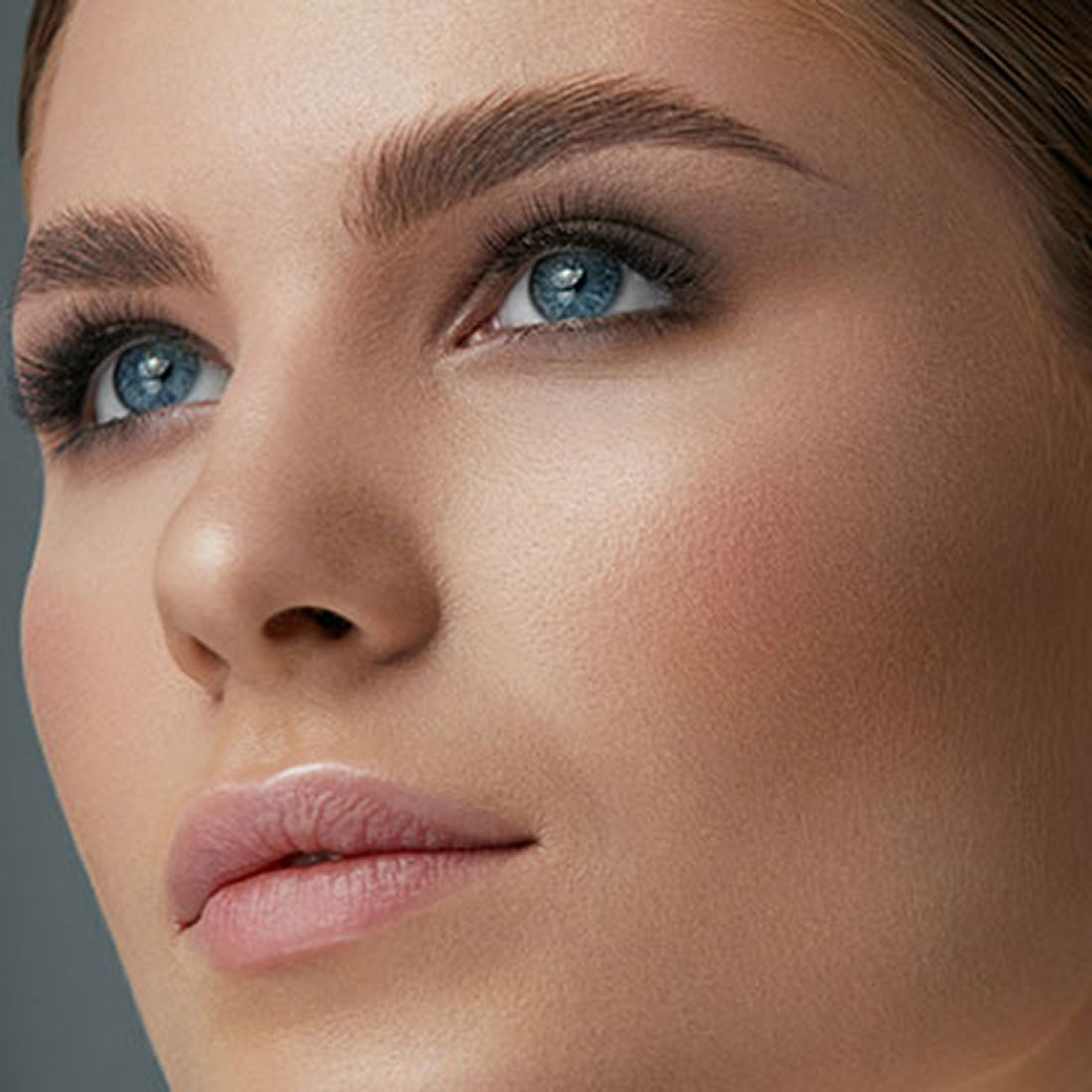
What Causes Hair Loss?
Hair loss can occur for a number of reasons, with the most common being based on hormones and genes. Illnesses can also lead to hair loss, as can damage through trauma. Hair loss can differ between male and female cases. A single strand of hair will typically grow for a period ranging from three to seven years. Every strand of hair will naturally fall at some stage, but sometimes this can happen prematurely. In hair loss, hair fall is not replaced by new growth, or in some cases the regrowth is of poor quality. The problem is not limited to the hair strand itself, but also to the health of the scalp. Understanding the reason for hair loss in your own situation will help you to make the right decision when it comes to treatment, and will also determine which treatments we recommend for you. Some conditions will affect both men and women, so read on to learn about the most common of these, and what they could mean for hair loss in your case.Alopecia Explained
Alopecia is the technical term for hair loss, but isn’t in itself a specific condition. There are certain types of alopecia which explain more about individual hair loss scenarios, which include:Alopecia Areata
This type of hair loss is more common in women, and results in hair loss that forms in patches. Because of the non-uniform nature of this type of alopecia, it can be especially noticeable and distressing. This form of hair loss can sometimes improve suddenly and naturally, sometimes just months after first being noticed, however, the cycle of sudden loss and regrowth will continue. Although it will be most evident on the scalp of sufferers, it can also affect beards for male sufferers, or even eyebrows. Alopecia Areata has the potential to cause hair loss anywhere in the body. There are extreme cases of this condition which are classified as alopecia totalis, where hair can be lost on the entire scalp or the entire body. Areata is caused by an autoimmune dysfunction where hair is rejected and shed by the body.Common Traction Alopecia
This form of alopecia is relatively common and is caused by moderate trauma to the hair from tight hairstyles like ponytails and pigtails, dreadlocks, braids, and even tight hear pieces or headbands. Another cause of Traction Alopecia is trichotillomania, an obsessive disorder which can cause sufferers to regularly and repeatedly pull on hair strands. The damage caused by traction alopecia can damage hair strands and follicles, leading to patchy or slow regrowth.Androgenic Alopecia
This is the technical term for male pattern hair loss which is caused by genetics or hormones. It is one of the most common types of hair loss experienced by men.Hair Loss on Eyebrows
Hair loss along the eyebrows can be caused by a number of factors. Regular waxing, plucking, and threading of eyebrows can lead to trauma which damages the follicle, sometimes preventing regrowth or causing patchy regrowth. Congenital conditions can also cause poor development of hair on the eyebrows.Trauma from Burns
Burns can cause superficial hair damage that can destroy hair above the skin. In some cases, hair will grow back, but there are cases where burns cause more severe damage that needs to be treated through hair transplants. Deeper burning will destroy the follicle, skin cells, and can cause scarring that prevents the regeneration of hair. Deep burns will almost always result in permanent hair loss. Transplants on scar tissue can be used with a high level of success, and regrowth is possible when the transplant method is applied. Transplants can be used in the typical areas, such as on the scalp, face, and eyebrows.Hair Loss Caused by Drugs and Medication
There are numerous drugs, including prescription and over the counter drugs, that can lead to permanent or temporary hair loss. Some drugs will increase the rate of shedding, whereas others will compromise the health and quality of the hair. A well-known example would be chemotherapy drugs. While effective at eliminating cancer cells in the body, chemotherapy can also destroy healthy cells, including the root of your hair and skin cells that support a healthy scalp. Chemotherapy doesn’t just lead to hair loss on the scalp, but has the potential to impact every area of the body.Cosmetic Face Surgery
Facelift surgery can impact hair growth at the sideburns and around the ear line. Skin is typically removed around the ears during a facelift, eliminating the healthy follicles that were once present. The lack of hair around the side of the ears can look particularly obvious after the healing of a facelift, so hair transplant is recommended for patients who want to achieve a natural look. Transplants are highly effective following cosmetic surgery.Hormonal Changes Leading to Hair Loss
Hormones are essential for every body function, including hair growth. Hormones can lead to hair loss in both males and females, and may be due to an underlying condition, or sometimes because of a drug that is interfering with normal hormone production. Conditions that cause imbalance in testosterone and oestrogen can be a cause of hair loss. Some drugs, including steroids, can change hormone balance and therefore can trigger hair loss in both males and females.Hair Loss from Radiation Treatment
Patients suffering from cancer may have to undergo radiation therapy as part of their treatment. Just as radiation can target tumours and cancer cells, but will also destroy some healthy functions of the body. Skin receives light damage from radiation therapy, but hair follicles are significantly impacted, and the results can be similar to burns. Loss on the scalp is most obvious, especially compared to other areas of the body where hair is finer and thinner. In this case, transplant is extremely successful when used after the cessation of radiation therapy.Scarring from Trauma
Scarring from cuts, abrasions, and even surgeries, can all be a cause of hair loss. This type of hair loss can be obvious depending on where it is found on the body. Older hair implant procedures can also lead to scarring and damage, meaning that transplant is often necessary to repair damage caused by improper procedures. Scar repair transplants can be performed after consultation to determine the extent of scarring. There is always the possibility of exceptions, and there are even rare circumstances and diseases that can cause hair loss. The above causes are some of the most common, but the list is by no means exhaustive. Contact us whenever you require advice relating to hair loss treatment, regardless of the underlying cause.More In This Section
Contact Us To Schedule An Appointment Today
Call Us At: (07) 3350 1625











